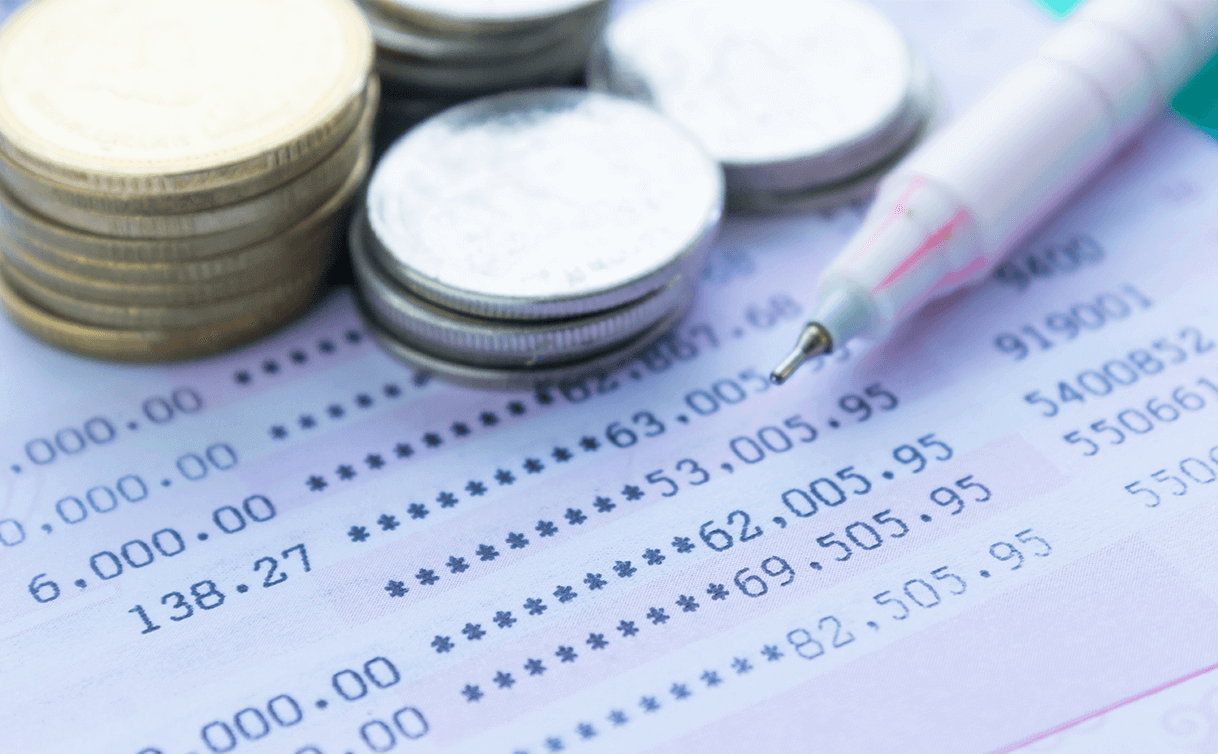If you’re looking to improve your financial habits, start with your savings. There are simple ways to increase your money fast — like opening a high-yield savings account (HYSA).
According to the Bureau of Economic Analysis, the savings rate, or the portion of personal income that goes into savings, has risen to 25.7%, which is up from 9.5% last quarter. With a high-yield savings account, you can earn more interest and save money. Let your savings account do the heavy lifting for you, and open up an account today.
Read on to learn more about high-yield savings accounts and how much they pay.
What is a high-yield savings account?
A high-yield savings account functions similarly to a traditional savings account. It’s a place where you can put money aside to build an emergency fund, for a down payment, to save up for another big purchase or for any other reason.
However, the big difference between an HYSA and a traditional savings account is the former comes with much higher interest rates, which means that you can earn money faster.
The interest rate on an HYSA is expressed as the annual percentage yield, or APY. In general, the higher the annual percentage yield is on an account, the more interest your money will earn. It’s important to note these interest rates are variable and can change at any time. They’re tied to the benchmark interest rate set by the Federal Reserve and will go up and down.
How much does a high-yield savings account pay?
The main benefit of opening an HYSA is the amount of interest that you stand to earn.
While the national average for the APY on a traditional savings account is just 0.06%, HYSAs tend to have annual percentage yields over 1%, which is over ten times the savings rate.
How much interest will I earn on $1,000 a year in a high-yield savings account?
At a savings rate of 0.06%, a deposit of $1,000 would earn you just $0.60 worth of interest in a year’s time. In contrast, at a rate of 1%, the same $1,000 deposit would earn $10.
You could earn even more if your deposit amount was higher or if you find an account with a higher APY. No matter what your deposit amount is, you can still save more in the long run with a high-yield savings account. Check out what options are available to you right now.
Should I open a high-yield savings account?
Deciding whether to open a high-yield savings account is a personal choice. There are some obvious pros and cons to opening a high-yield savings account — and that partially depends on your financial situation and what you’re hoping to get out of it.
Keep in mind HYSAs aren’t without their drawbacks:
- Some have minimum balance requirements while others include a monthly service fee.
- HSYAs are subject to the Federal Reserve’s Regulation D, which limits the number of times you can make a withdrawal from your account to just six times per month.
To that end, one of the best money tips that financial experts often have to offer on the subject is to research any account you’re thinking of opening, beyond just looking at the APY. Be sure to read the fine print and make sure you understand any fees that you’ll be charged, as well as any existing requirements.
How to open a high-yield savings account
Most of the time, opening a high-yield savings account is similar to opening a traditional savings account. Typically, all you have to do is fill out an application detailing your personal information and your financial history before making your initial deposit.
Credible can explain the process of opening a high-yield savings account via an online bank. Follow these steps to open up a high-yield savings account and save more money now.
Here are some things you may need in order to open an HYSA:
- An initial deposit (you may have to make an initial deposit of a certain size)
- A minimum balance (you’ll need to keep a certain amount in the account at all times)
Other ways to save money
Keep in mind that there are other ways to save money, including:
- Paying down credit card debt
- Budgeting or building emergency funds
- Refinancing existing loans
Paying down your credit card debt: Not only will this help you save on the amount of interest that you pay overall, but it will lower your credit utilization rate, which will raise your credit score.
Budgeting or building emergency funds: Once you covered all of your expenses, any excess money that you have to spare during the coronavirus pandemic could go to building an emergency fund that’s meant to cover unexpected expenses.
Refinancing existing loans: You could also consider refinancing your existing loans in order to take advantage of current interest rates. The Federal Reserve cut interest rates twice since March — and homeowners and student loan borrowers are taking advantage.
If you’re a homeowner and are interested in refinancing your mortgage, check out the multi-lender marketplace Credible. You can compare mortgage lenders and loan rates to find the best refinance offers (with the goal of saving money in mind).
If you’re drowning in student debt, you can also use Credible to compare student loan refinancing rates from up to 10 lenders without affecting your credit. Plus, it’s 100% free!

